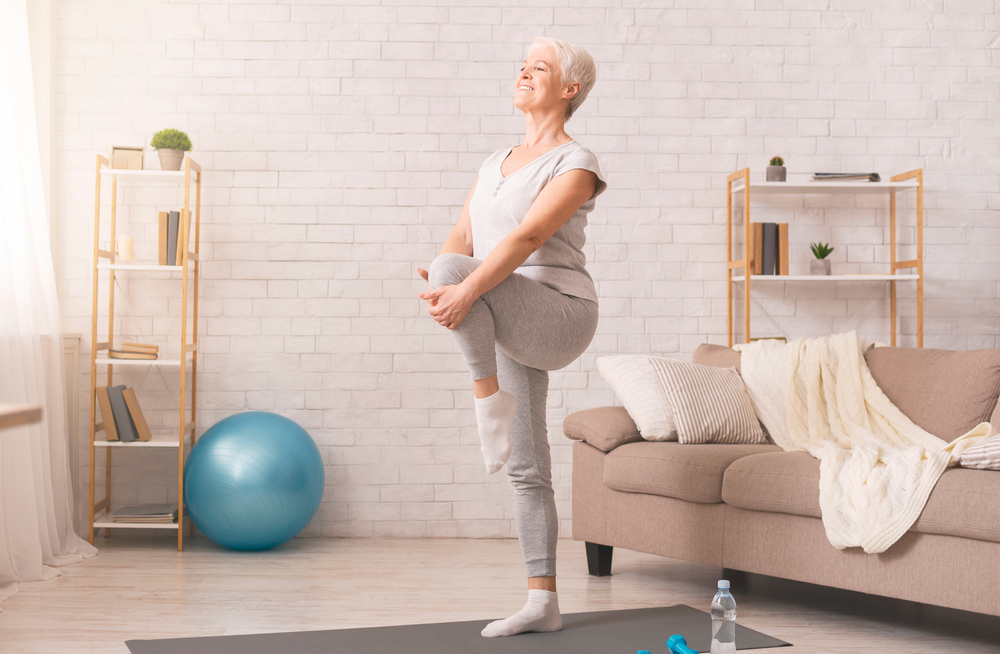
Bone Supplements: Supporting Healthy Bones and Joints
Bones and joints form the structural framework of our bodies, enabling movement and providing stability. They are designed to endure significant stress from activities like walking, running, and jumping. However, as we age, bones and joints naturally weaken, leading to conditions such as osteoporosis and osteoarthritis.
Bones are primarily made up of collagen fibers, calcium, and phosphorus. While bone tissues are continuously renewed through a process called remodeling, the rate of bone loss accelerates in mid-life. This is especially true for women after menopause due to declining estrogen levels, which are crucial for bone protection.
How Aging Affects Bones and Joints
- Bone Loss: With age, bone mineral density (BMD) decreases, making bones more brittle and prone to fractures.
- Joint Changes: The fluid in joints decreases, cartilage wears away, and calcification may occur, leading to stiffness and pain.
- Spinal Changes: Vertebrae lose mineral content, and disks between them thin, causing the spine to curve and shorten.
These changes result in reduced mobility, increased discomfort, and a higher risk of conditions like osteoporosis and osteoarthritis.
Essential Nutrients for Bone and Joint Health
1. Calcium
Calcium is the primary building block of bones. It maintains bone strength and prevents fractures.
- Best Source: Dairy products, leafy greens, and fortified foods.
- Supplement Option: VitaCed Ca + Vitamin D3 Tablets by CEDEM AG provide an optimal dose of calcium for maintaining strong bones.
2. Vitamin D
Vitamin D aids in calcium absorption and regulates bone remodeling.
- Natural Sources: Sunlight, fatty fish, and fortified foods.
- Supplement Option: VitaCed Osteo Max is a high-quality product offering both calcium and vitamin D3 for comprehensive bone support.
3. Collagen
Collagen is a vital component of joint cartilage. It provides cushioning and reduces stiffness.
- Supplement Option: Collagen Joints by CEDEM AG contains Type II Collagen, Glucosamine Sulfate, and Chondroitin Sulfate, which help alleviate joint pain and stiffness.
Top Products for Bone and Joint Health by CEDEM AG
- CÉJOINT Plus
- Contains collagen and chondroitin to prevent osteoarthritis and relieve pain.
- Helps maintain the flexibility of joints.
- COLLACED
- Combines Collagen Type II and Glucosamine to support cartilage health and reduce inflammation.
- VitaCed Ca + Vitamin D3 Effervescent Tablets
- Convenient and easy-to-use formula for maintaining bone strength and preventing osteoporosis.
- Cebone Syrup
- A kid-friendly formula designed to support bone growth and health. Learn more about its benefits here.
Natural Ways to Support Bone Health
- Stay Active: Weight-bearing exercises like walking, running, and resistance training are essential for maintaining bone density.
- Eat a Balanced Diet: Incorporate foods rich in calcium, vitamin D, and magnesium.
- Avoid Smoking and Excess Alcohol: Both can interfere with bone health and reduce calcium absorption.
- Stay Hydrated: Proper hydration supports joint lubrication.
Why Choose CEDEM AG Products?
CEDEM AG Switzerland offers a science-backed approach to bone and joint health. Their products combine premium ingredients with Swiss precision, ensuring safety, efficacy, and quality. From calcium supplements to advanced joint support formulas, CEDEM AG products cater to diverse health needs.
Conclusion
Aging may naturally affect bones and joints, but with proper care, you can maintain their health and strength. Incorporating bone supplements like those offered by CEDEM AG into your daily routine, along with a healthy lifestyle, can significantly reduce the risk of conditions like osteoporosis and joint pain. Choose CEDEM AG products to enjoy a future with stronger bones, healthier joints, and better mobility.
Product Links
Related Reading
Invest in your bone health today for a stronger tomorrow!


 United States
United States Germany
Germany